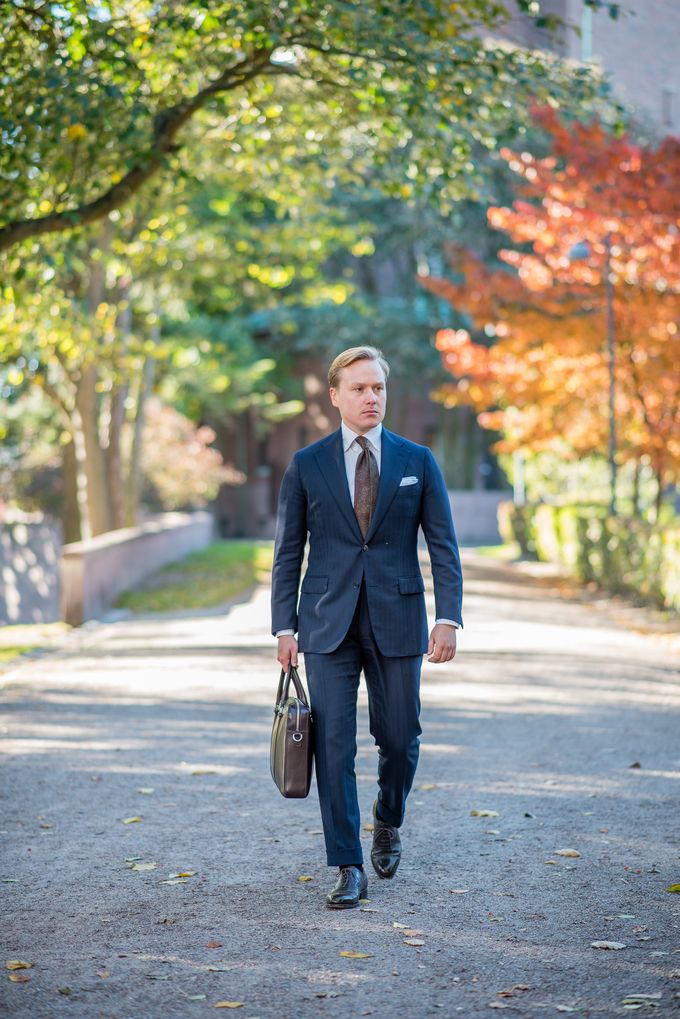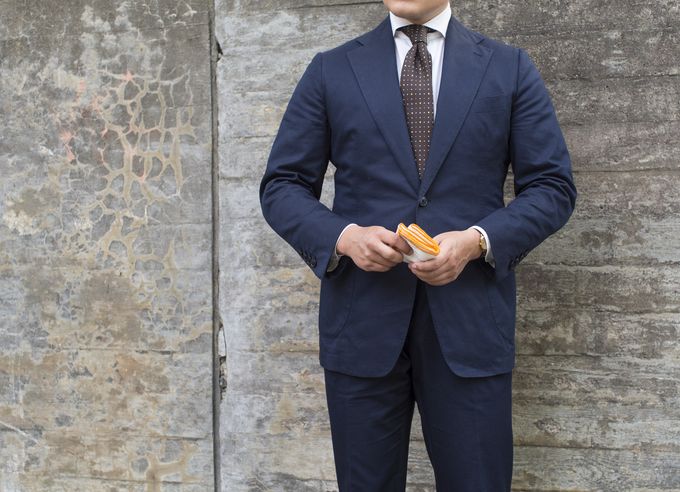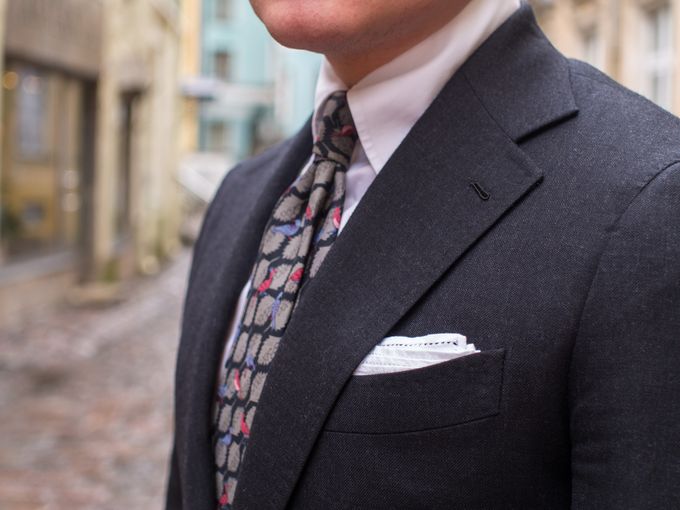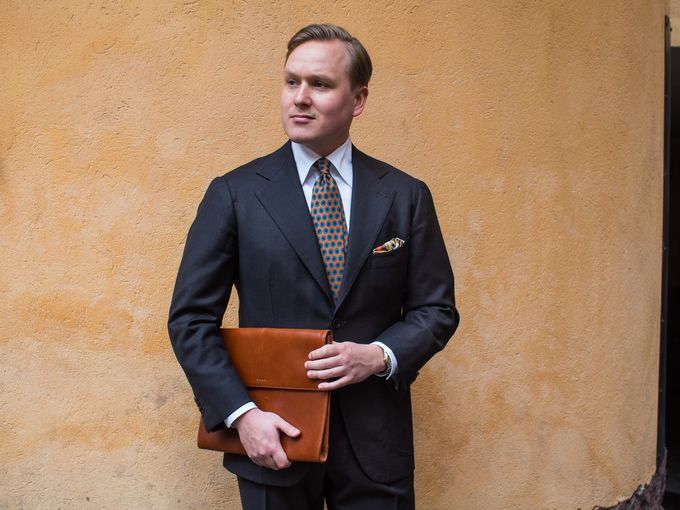How to Dress as a Consulting Professional And How I Plan My Work Outfits
Working as a Management Consultant
To start with, I think it makes sense to describe a little what it is that I do for living. Then you will be able to more easily understand what sort of outfits are appropriate and what sort of situations I face on a day-to-day basis.
And so, basically I work as a management consultant in a global professional services company. In this industry it is common work with different levels of management from the client’s side, but sometimes the work makes one go more into the operative level and sometimes it can include working directly with the Board. The actual meetings vary from interviews to work meetings to presentations and the opposing side can be from pretty much any level of the client's organization.
Generally, the higher up in a corporation you work or your clients are located in, the more formal and professional you will dress. You will also need to consider the industry and specific company for any special traits and to some extent adapt to them. For example, the IT sector tends to be more casual and even a plain suit can sometimes be an overkill when working with middle management. For me though, most of my clients will be in suits most of the time, so it makes sense for me to wear a suit and be at least as formal in my style as they are. This way you give an appropriate professional impression of yourself as well as signal to your colleagues and clients that you take them seriously.
Context and acceptable professional work outfits
Acceptable work wear is always very location specific, so I feel like it’s important to note that I am writing this from the perspective of a professional working mostly within the Nordic countries. I would like to think I am knowledgeable of how the expectations regarding professional outfits differ in other cultures and geographic areas, but as said this text is going to aim for somewhat general guidelines that can be applied in the Western countries. Bear in mind though that every place is different and the dressing culture further differs between different industries. For example, an IT person can be expected to wear entirely different clothing in Western Europe and China, for example.
Considering your age and position
This point is actually the most distant for me as it is almost not relevant here in Finland. Especially in the professional services sector, the way you can and are expected to dress stays pretty much the same throughout the corporate rank or age spectrum. A suit, a tie, a pocket square if you want to and dress shoes. When going into normal international corporations, the traditional “dress gets more formal the higher up you are” starts to apply. How much, it depends on the organization, but it seems like a common unspoken rule that when your business card says director you will most likely start wearing a suit.
My personal outfits and adapting to the occasion
Then the real question, considering what I’ve discussed in the article so far – how do I interpret all these dress rules myself? Well, I do bend the rules and take liberties, but in general I strive for a fairly formal professional look that is usually a combination of a dark wool suit from a formal or semi-formal fabric, combined with formal accessories. While I use color and often wear a colored pocket square, these colors are often quite muted and not screaming for attention. I tend to stay within one or two patterns within the entire look and most of the time wear a plain white shirt. Shoe wise I prefer dark colored Oxfords and nowadays very rarely use even mid dark brown shoes. Over time I’ve also started avoiding very reddish shades of brown like chestnut.
I do quite a lot of “micro level tuning” within my own style spectrum. For example, I usually tend to choose black shoes over dark brown ones when going to the most important meetings, such as a presentation to my client’s board of directors. I also might go for a bit more casual look on a Friday, meaning I might choose suede loafers over Oxfords. I also do take liberties or stick to more formal components simply depending on who I am meeting that very day. For instance, if I know a certain client really well and I know our meeting will be very informal, I might even stick to a clean sport coat look instead of a suit. Finally, I like to dress slightly more casual during spring and summer time, just because I feel it’s more acceptable then and it’s nice to enjoy the season a little bit.
To summarize then, you can probably see there is quite a lot of micro level fine-tuning possibilities for your daily look even though the main rules are quite set in stone. I do adjust my own look quite a lot on this small detail level, but the difference isn’t probably even noticeable for a regular person. Therefore, it is actually mostly just subconscious styling choices I make myself to feel comfortable and confident in my clothing, going into the day’s activities.
Final words
So, working as a management consultant is definitely a position where you can and are expected to wear quite formal clothing. This opens up the door into enjoying our sartorial hobby and finer clothing which can be a little bit rare nowadays. That said, the spectrum of classic menswear you can wear in this industry is generally rather narrow and limited to mostly suits. How you should and can accessorize and choose your shoes depends largely on where you are located and what you prefer yourself, and generating your own style identity in work wear is definitely possible.







